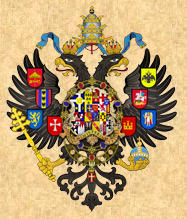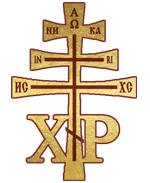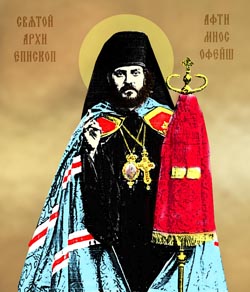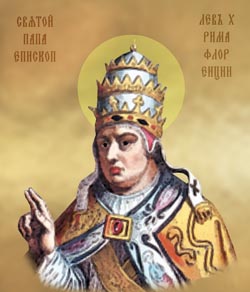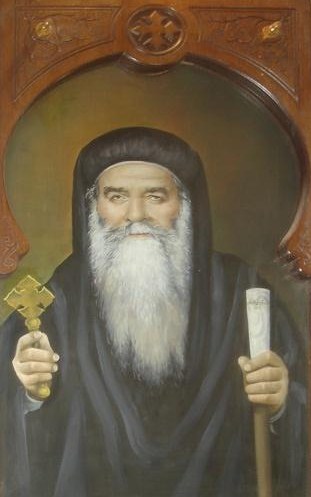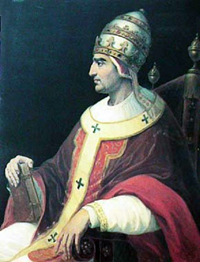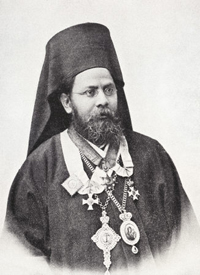|
The Canonical Legitimacy of the United Roman-Ruthenian Church
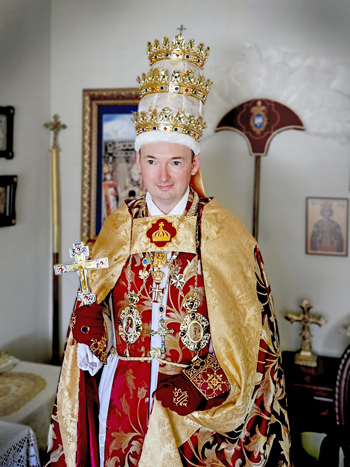 from the Office of His Apostolic Highness the Prince-Bishop of Rome-Ruthenia 10 October 2024 Summary: The United Roman-Ruthenian Church (URRC) is a legitimate autocephalous Orthodox and Old Catholic Church based on several key points: 1.
Apostolic Succession: The
URRC maintains a valid, unbroken line of episcopal consecration back to
the Apostles, connecting it to ancient churches such as the Russian
Orthodox and Roman Catholic. 3.
Autocephalous Status:
The URRC's self-governing nature aligns with Eastern Orthodox
traditions, where recognition from other churches is not a prerequisite
for legitimacy. Read also about the Temporal Rights of the Church. Read also about Healing the Wounds of Division: Orthodox Old Catholicism. Statement on
the Sacred Continuity of Rome, Holy Russia, and the Mission of the
United Roman-Ruthenian Church The Roman-Ruthenian Papal Title. Policy
reagrding the Ordination of Women to Holy Orders Read also the Statement of Mission and Service in the Church. Read also about Minority Orthodox and Old Catholic Churches. Read also about the Use of Secular-Style Dress by Clergy of the United Roman-Ruthenian Church.
The United Roman-Ruthenian Church (URRC) is a
canonical Orthodox and Old Catholic autocephalous Church that is part
of the original Church from the time of Christ and the Apostles. 1. Apostolic Succession is the Key to Legitimacy in the Christian Tradition.Premise 1:
The early Christian Church, as founded by the Apostles, established the
principle of Apostolic Succession—the unbroken line of episcopal
consecration going back to the Apostles — as the means by which
ecclesiastical authority is transmitted. This is accepted both in
Orthodox and Catholic theology as a key marker of legitimacy for any
Christian body (Duffy, 2001).
2. Historical Continuity with the Early Church Bolsters its Legitimacy.Premise 1: The
URRC’s canonical status is further supported by its historical
continuity with both Eastern and Western Christian traditions. The
Church's roots trace back to the early Christian centers of Rome,
Constantinople, Syria, and India, connecting it to the Church before
the Great Schism of 1054 (Meyendorff, 1989).
3. The Church’s Autocephalous Status is Consistent with Eastern Orthodox Tradition.Premise 1:
The concept of autocephaly (self-governance without oversight from a
higher ecclesiastical authority) is common in Eastern Orthodoxy. The
Roman Communion (Vatican) also ultimately claims this for itself since
it likewise does not recognise any higher ecclesiastical authority.
Various Orthodox churches, such as the Greek and Russian Orthodox
Churches, have historically declared their independence while still
being considered legitimate due to their Apostolic succession and
theological orthodoxy, even if denied by other Churches (Runciman,
1977). 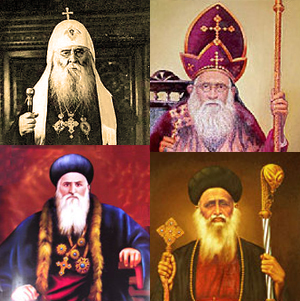 This example illustrates that true canonical
legitimacy in the Orthodox
and Catholic traditions, regardless of political disputes between
ecclesiastical authorities, does not necessarily depend on immediate or
formal recognition from a higher ecclesiastical authority. Instead,
legitimacy is rooted in valid consecrations and adherence to Apostolic
tradition. Churches can, and have, functioned independently while
maintaining their canonical and theological integrity, with recognition
often following later due to political or historical circumstances,
rather than theological necessity. The URRC enjoys recognition from
various ecclesiastical and legal bodies. Yet, such recognition may
expand or contract.
4. The Church’s Theological and Liturgical Practices Maintain Orthodox and Catholic Continuity.Premise 1:
The URRC combines the principle theological tenets of both Orthodoxy
and Catholicism, including belief in the Nicene Creed, the seven
sacraments, and core doctrines of the early Church (Cross &
Livingstone, 1997). It seeks to preserve unity by maintaining the
theological essence of pre-schism Christianity, including the doctrines
of Christ's divinity, the Trinity, and the Apostolic tradition.
5. Ecclesiastical Recognition, While Important, is Not Required for Canonical Validity.Premise 1:
The URRC has received recognition from various ecclesiastical and
secular authorities. Such recognition has taken the form of both public
and private acknowledgment. This demonstrates that the Church’s
legitimacy is recognised, albeit at times quietly, in diverse
influential circles (Phan, 2000).
Conclusion:The United Roman-Ruthenian Church is Canonically Legitimate, given the United Roman-Ruthenian Church’s:
It therefore can be argued and is asserted
that the URRC is a legitimate and canonically valid Church and part of
the original Church from the time of Christ and the Apostles. The
church’s existence and authority are rooted in the early Church and
Apostolic tradition, regardless of existing recognition it enjoys and
regardless of whether recognition from other ecclesiastical bodies may
now or later be given or denied. The legitimacy of a church ultimately
depends on Apostolic succession and continuity with the early Church,
both of which the United Roman-Ruthenian Church demonstrably possesses. First, the URRC
maintains valid Apostolic succession from both Catholic and Orthodox
lines, which inherently grants the right to up-hold Apostolic
traditions, including the use of liturgical dress and cer-emonial
practices. Second, the
traditions of dress and liturgy, such as the mitre and pal-lium, are
universal symbols shared across patriarchates and are not exclusive to
specific Patriarchates, such as the Roman Pope, but are part of the
broader Apostolic heritage that spans both Eastern and Western
Christian traditions. Third, the URRC’s
autocephalous status provides it with ecclesiasti-cal autonomy,
allowing it to govern its own liturgical practices while adhering to
ancient Christian customs. Finally, the URRC's
standing reflects the early Christian principle of ecclesiastical
equality among patriarchs, where each patriarch pos-sesses the right to
use symbols of authority, regardless of recognition by other
patriarchates. These factors collectively affirm that the
Supreme Pontiff and the Bishops of the URRC are justified in adopting
traditions, dress, and symbols that are shared with other Apostolic
Churches as part of the Church’s legitimate continuity with early
Christianity (Ware, 1993). Bradshaw, P. The
Search for the Origins of Christian Worship. 1992. Oxford
University Press.
|
|
|
|
